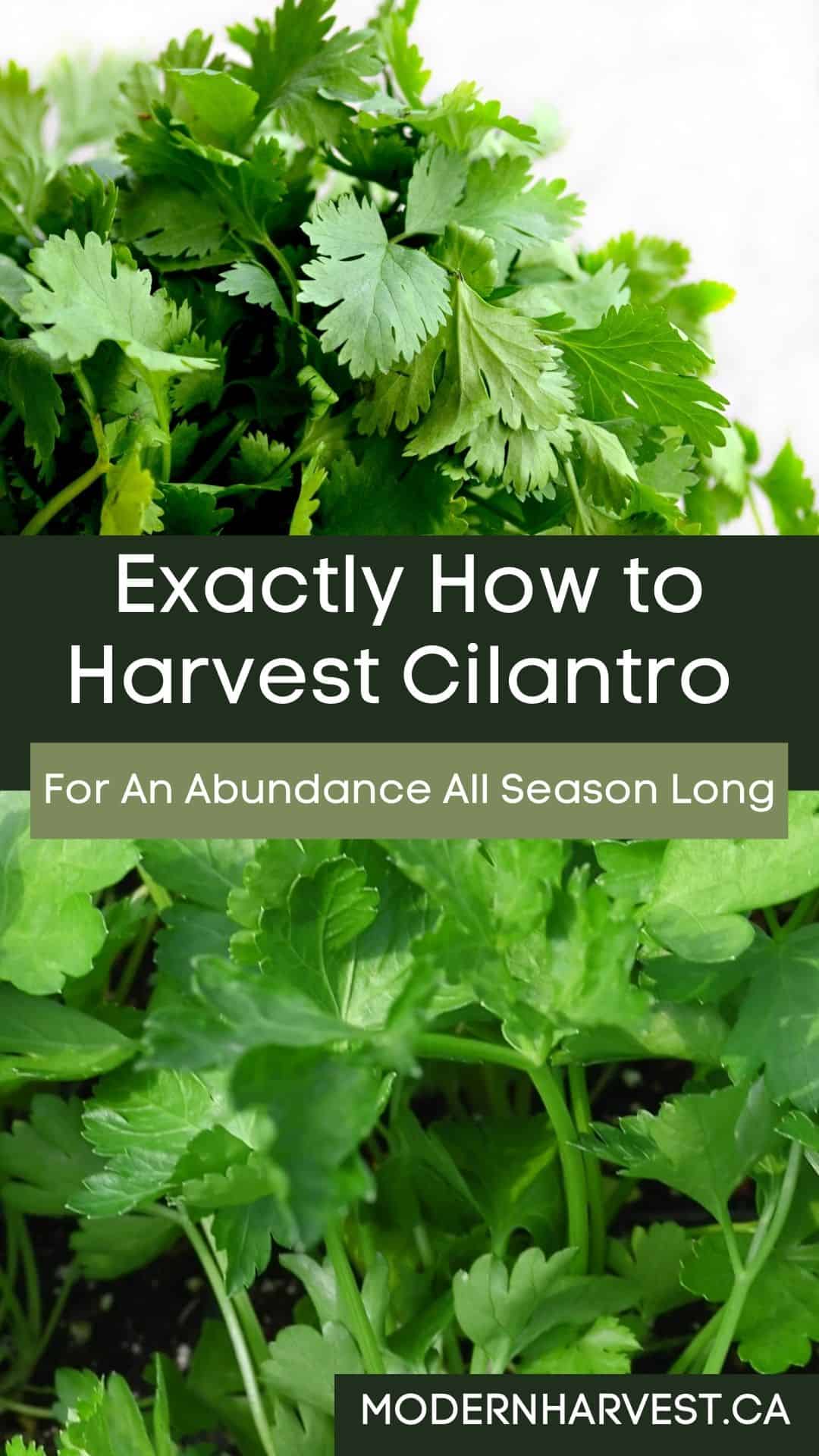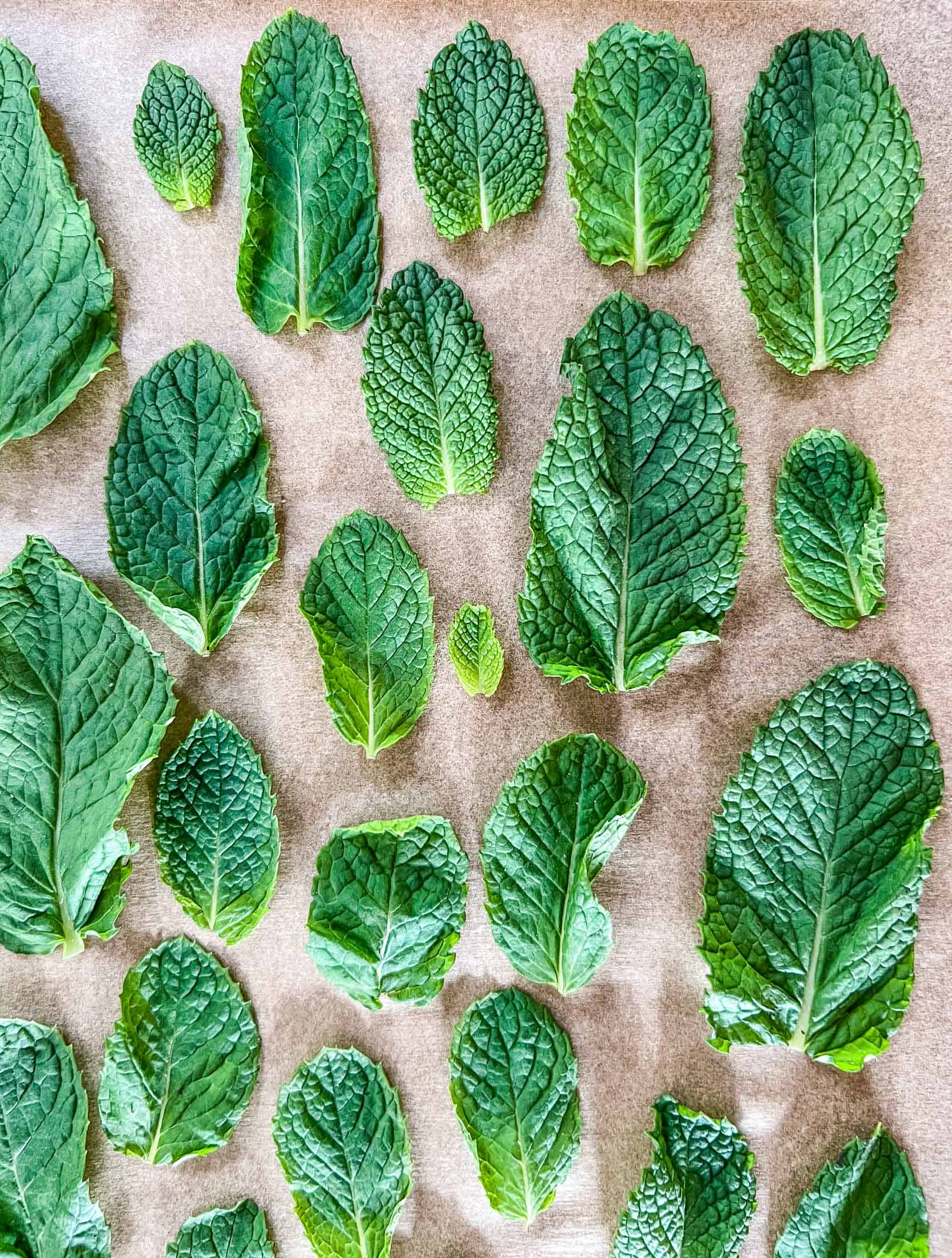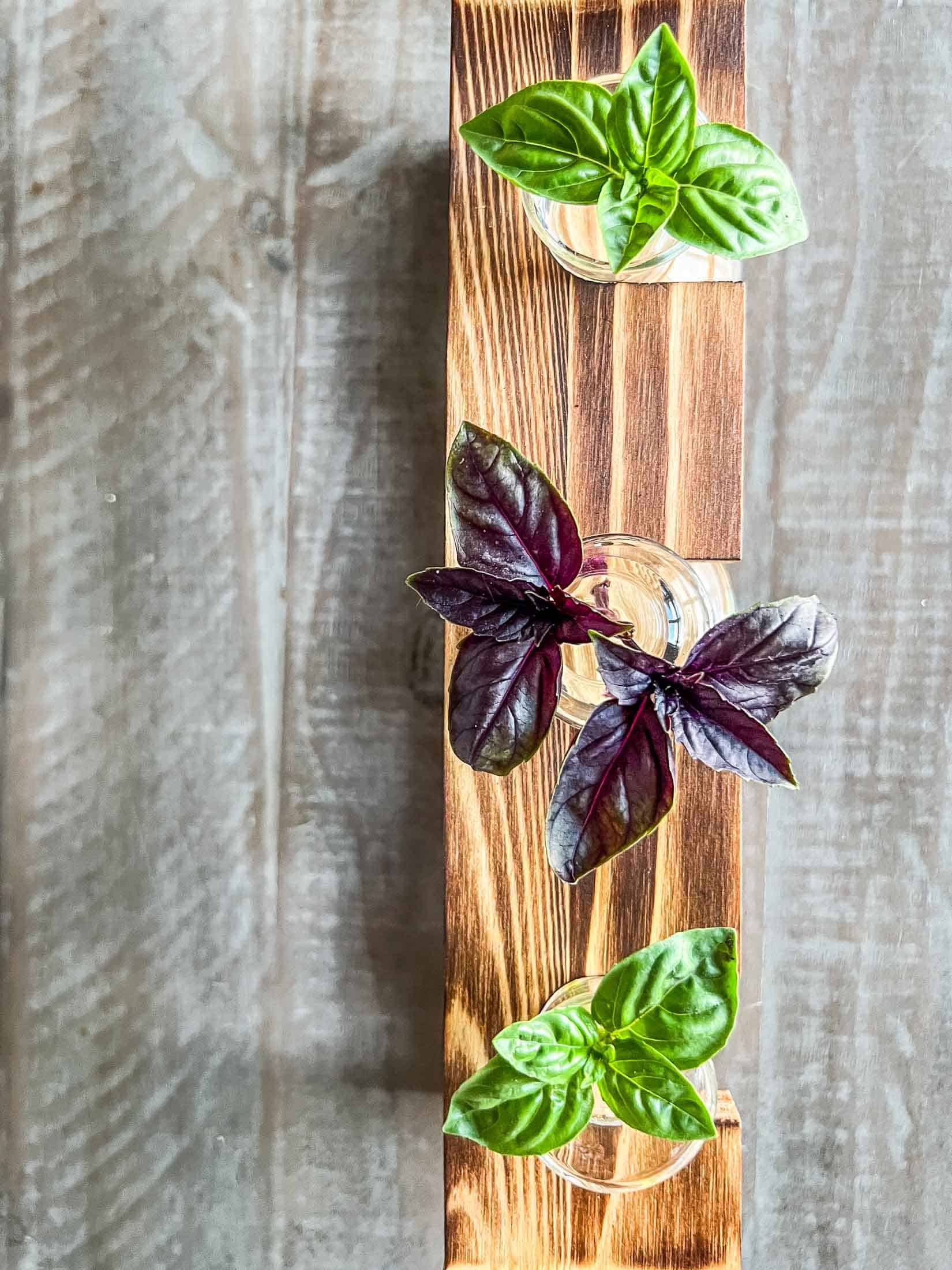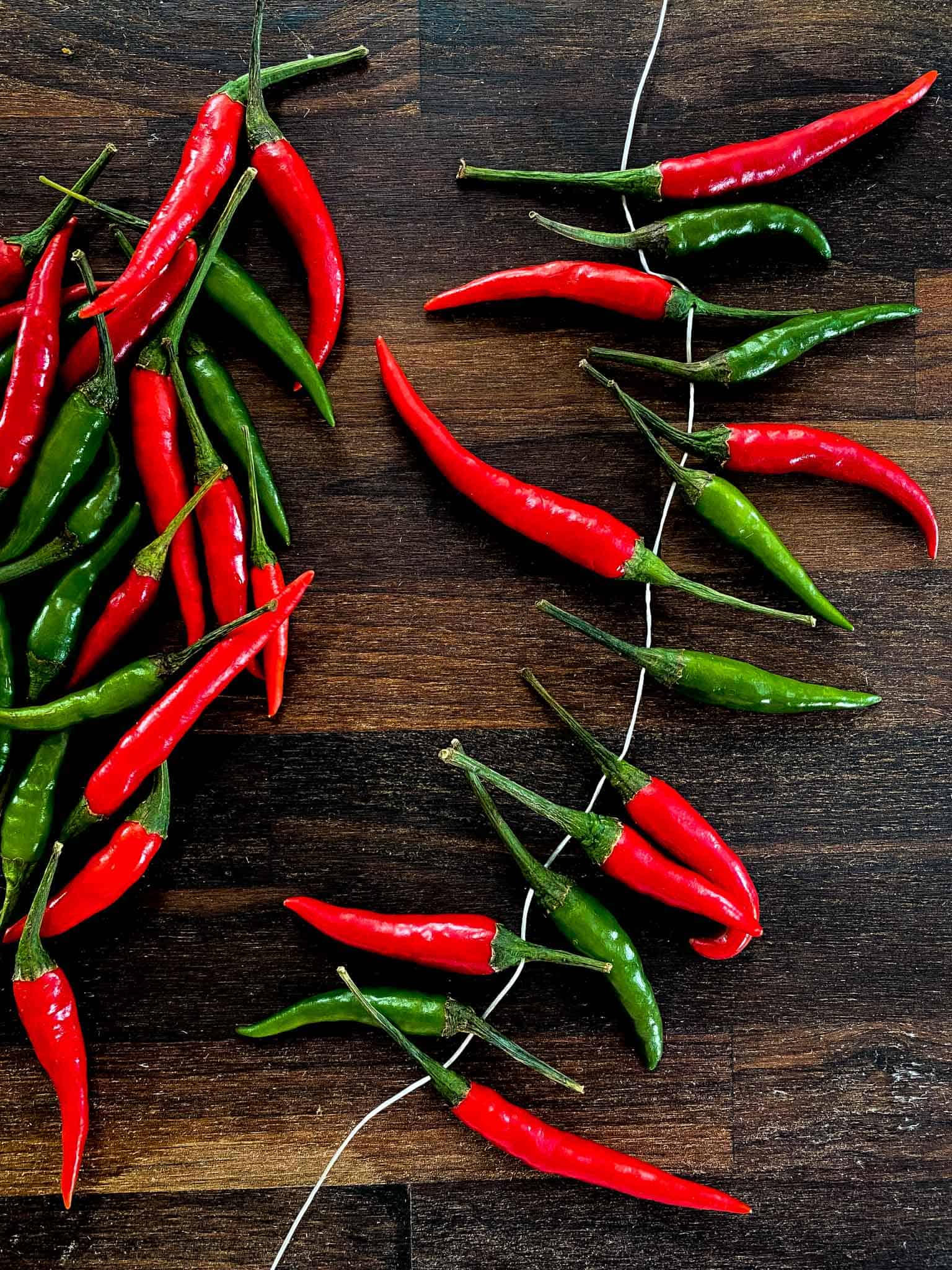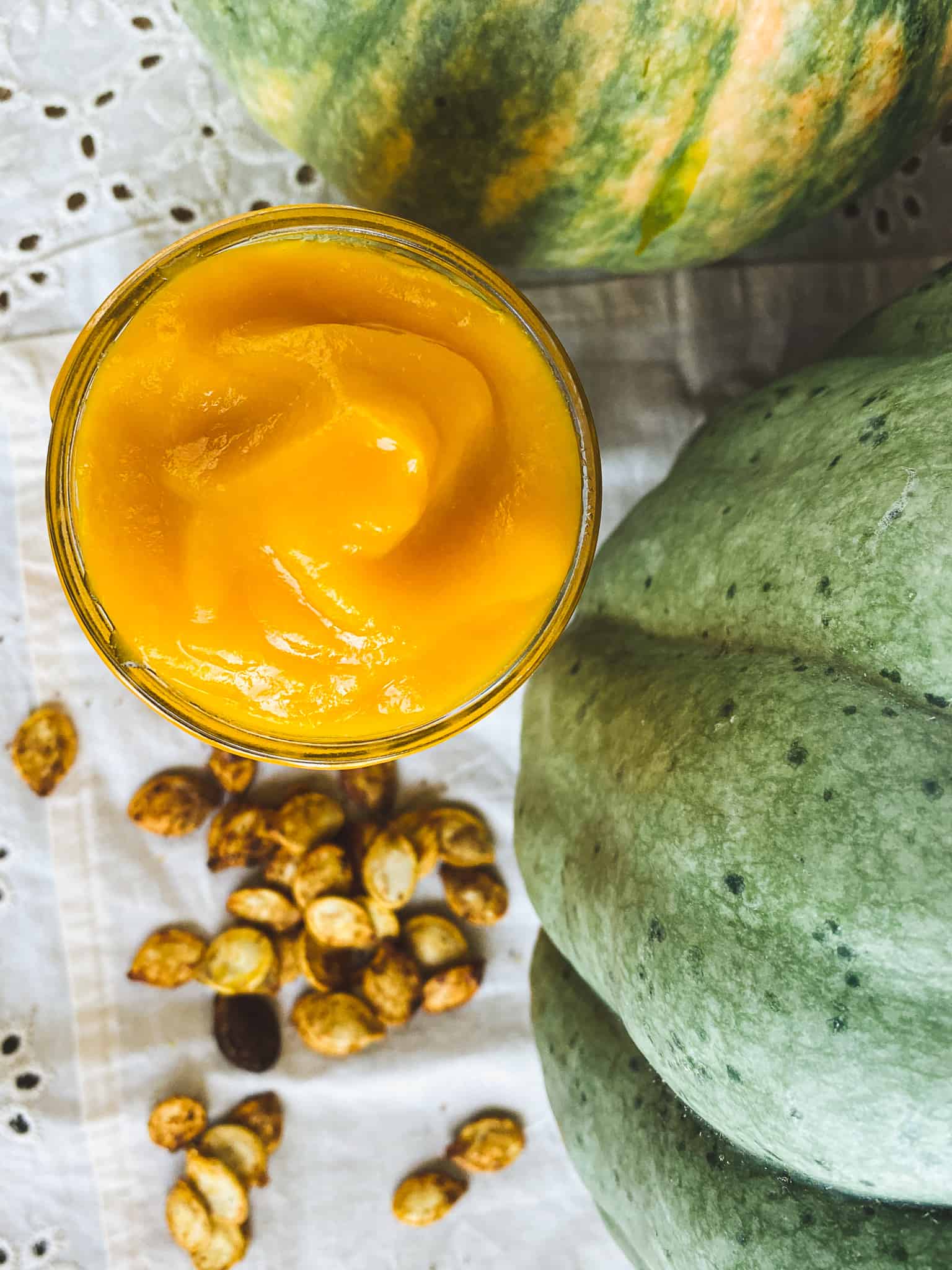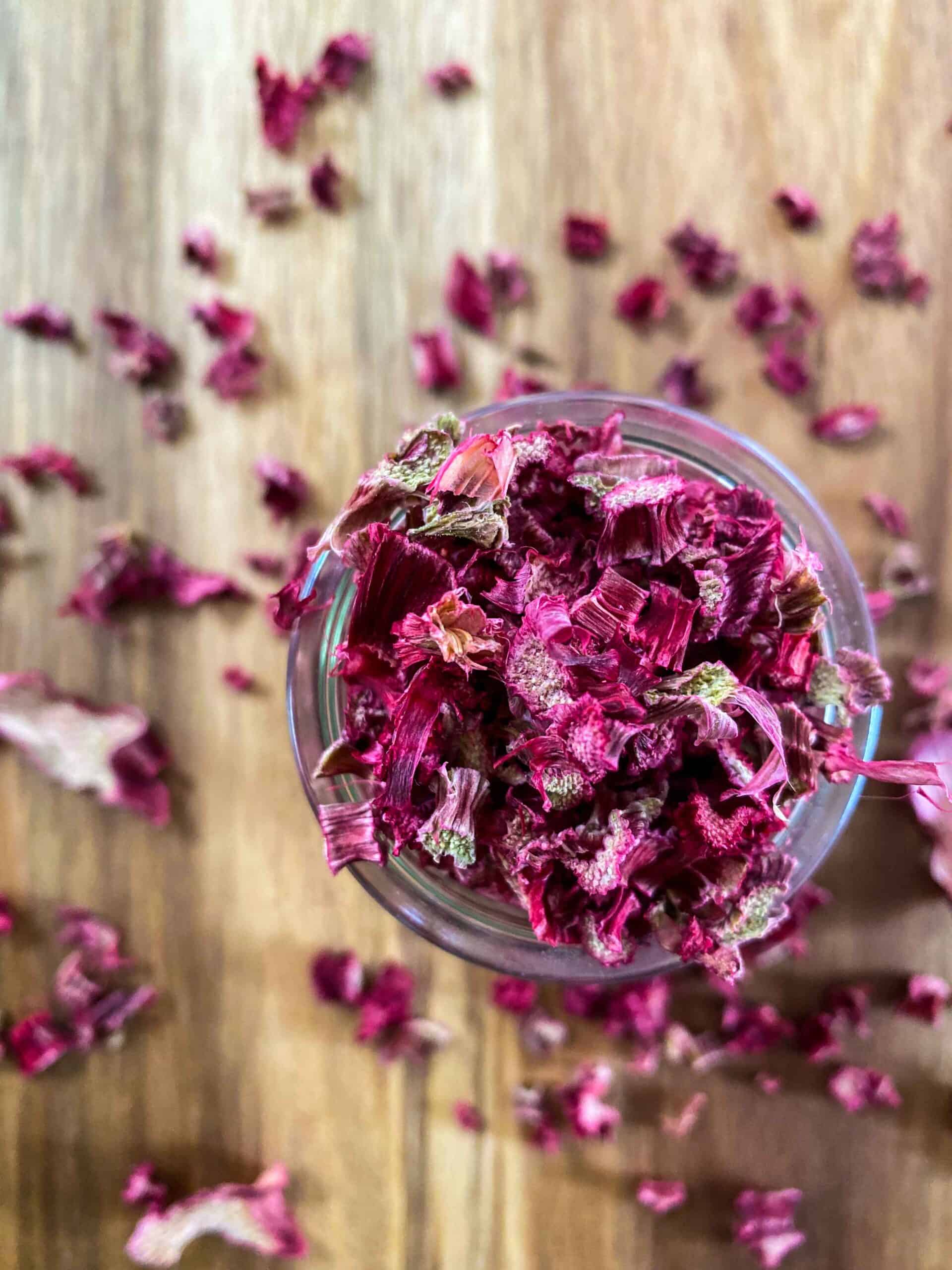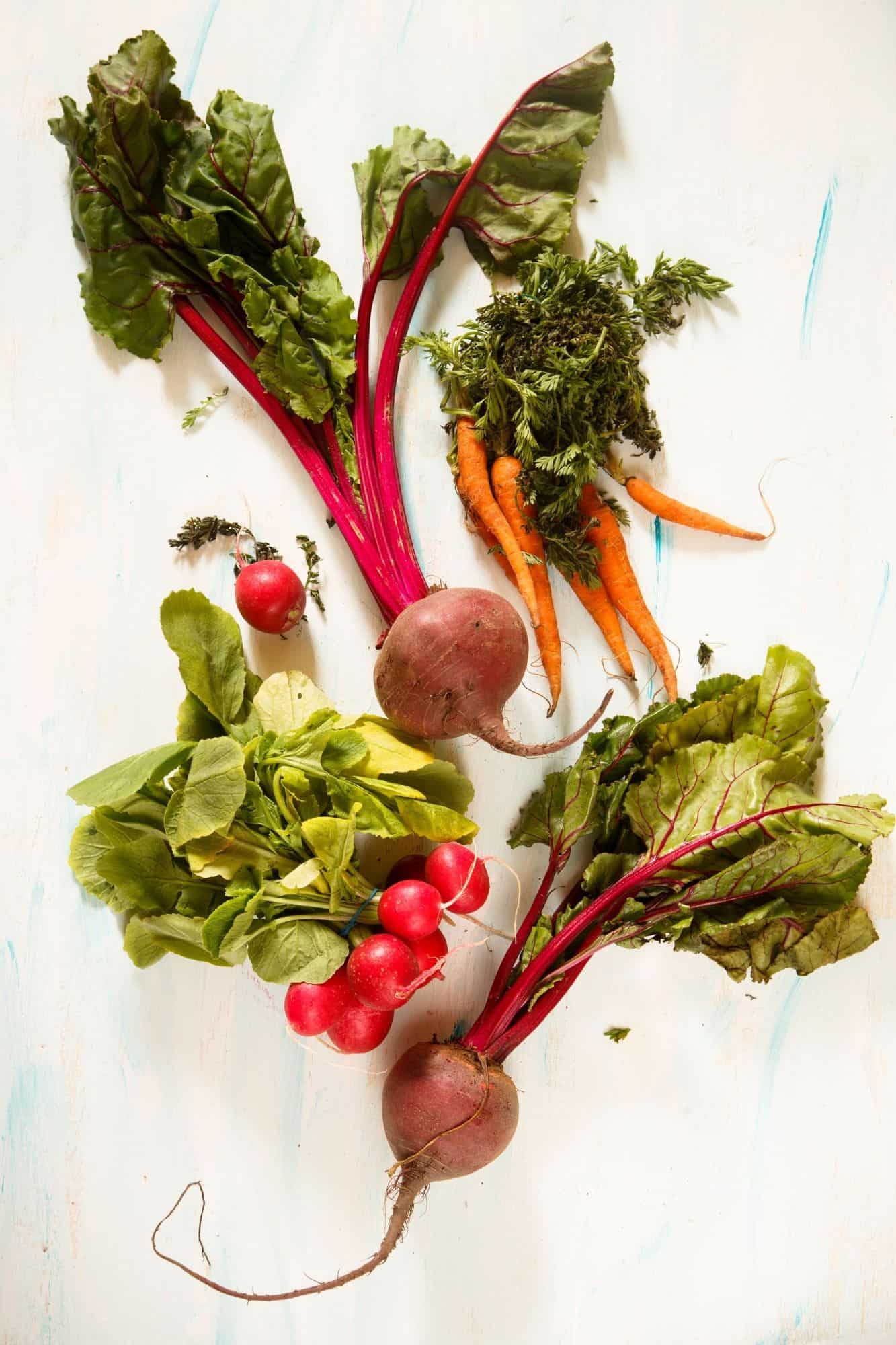How to Harvest Cilantro For An Abundance All Season Long
This easy guide on how to harvest cilantro will cover all aspects from how much to take from each plant during every harvest up until the plant goes dormant late in the season. Learn exactly how to harvest cilantro without killing the plant.
Cilantro is an herb that can be easily grown in pots, containers, or gardens, and once harvested can provide plenty of fresh leaves for all sorts of recipes. Harvesting cilantro is incredibly simple: all you need is a pair of scissors and some patience. With proper harvesting techniques, your cilantro will keep producing new leaves for you to enjoy. So get out there and start harvesting cilantro today!

Related: 5 Best Basil Substitutes
A Few Notes About Cilantro
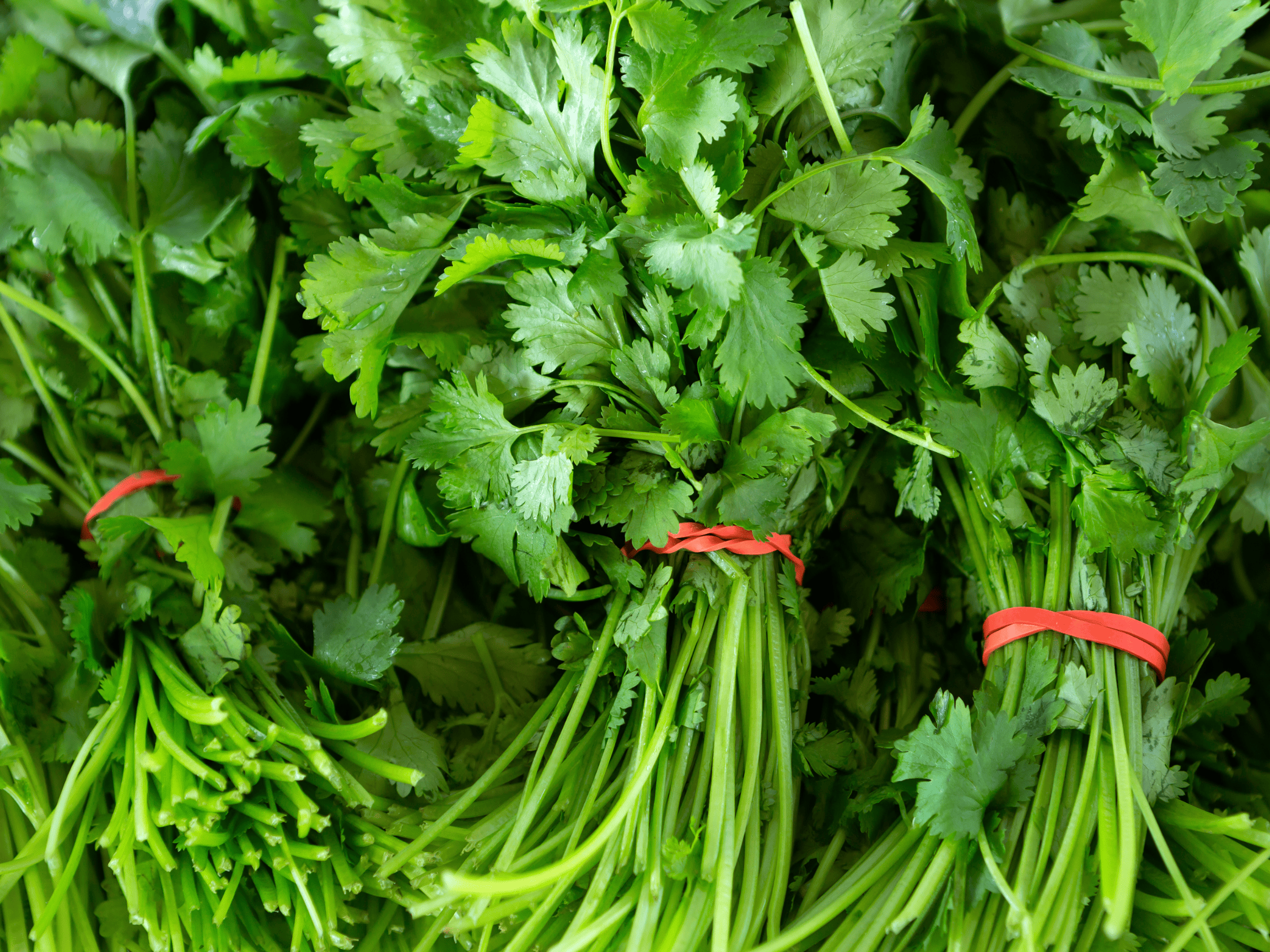
Cilantro, also known as Coriandrum sativum, is an herb commonly used in Latin American and Southeast Asian cuisines. This annual plant can be grown in USDA planting zones 3-11 with the right soil conditions and sun requirements. It prefers moist soil and should be planted in a sunny area that receives six plus hours of direct sunlight daily.
Cilantro is most commonly grown from seed and can be harvested multiple times throughout the season. Cilantro leaves are harvested as herbs and the cilantro seeds are harvested as coriander. There are many different varieties of cilantro, such as Long Standing, Santo, Calypso, and Leisure which vary in flavor and leaf size.
Growing cilantro in your herb garden can add a unique flavor to your dishes and can be preserved for enjoyment long past the growing season. Generally, people either LOVE or HATE the flavor of cilantro. Interestingly enough, certain genes may determine whether or not you enjoy cilantro’s flavor, or liken it to eating soap. Click here to find out more about the science behind your cilantro preferences according to BioMedCentral.
Tips + Tricks For a Great Cilantro Harvest
- Cut cilantro stalks close to the base to encourage new growth.
- Succession plant cilantro every 2 weeks to ensure that you have a plentiful harvest regardless of early bolting.
- Plant your cilantro in well draining soil with plenty of mulch around to maintain a cool soil temperature.
Best Time to Harvest Cilantro
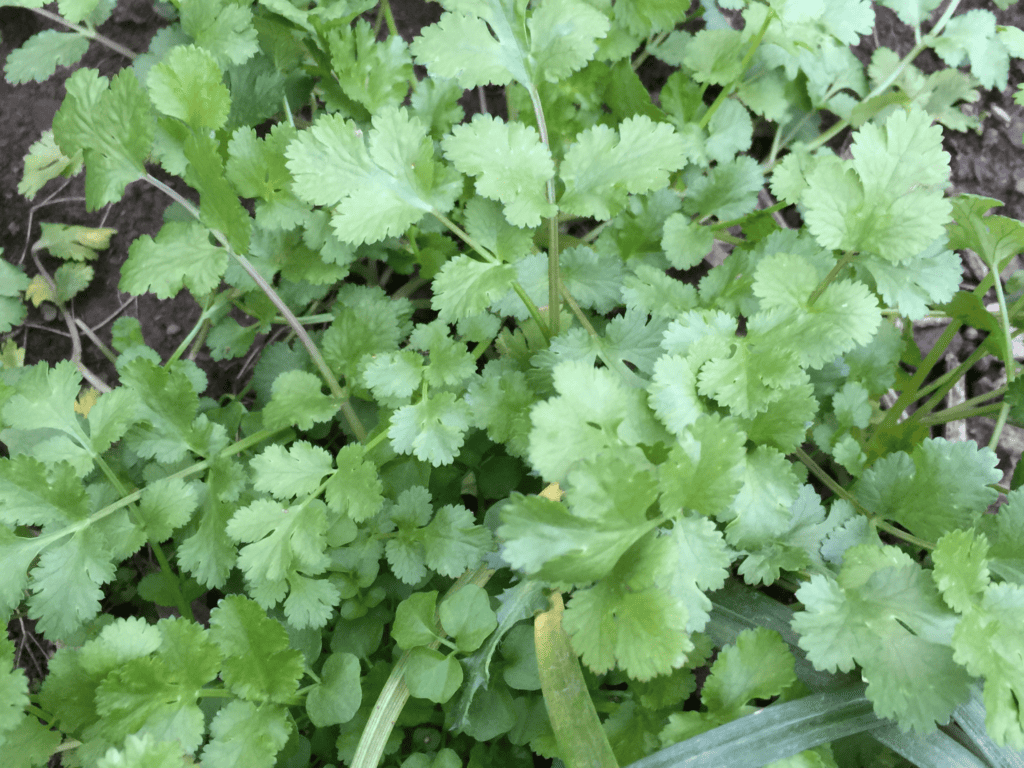
The best time of day to harvest many fruits, vegetables, and herbs including cilantro is in the morning after the morning dew dries up and before the hot sun has set in. This helps to ensure that your cilantro plant has less stress and that the fresh cuts on the stock have time to dry before evening (lessening chance of disease). Harvest cilantro after it is 6-8 inches tall and before it has bolted. Once cilantro has bolted, the flavor of the leaves diminishes greatly.
How To Know When Cilantro Is Ready To Be Picked
Knowing when to harvest cilantro is important to ensure that it is at its peak flavor and quality. Here are some tips on how to know when cilantro is ready to be harvested to make sure that you don’t kill the plant.
- Look out for plants that have reached 6-8 inches in height, as these are usually mature enough for harvesting.
- Touch the leaves to make sure they are a deep green color and feel firm to the touch.
- Monitor the flowering process – once it starts, cilantro leaves rapidly lose their flavor and you may have to shift from harvesting cilantro leaves to harvesting coriander seeds.
- Check for an earthy aroma when you crush or rub the leaves as this indicates that the cilantro is ready to be picked.
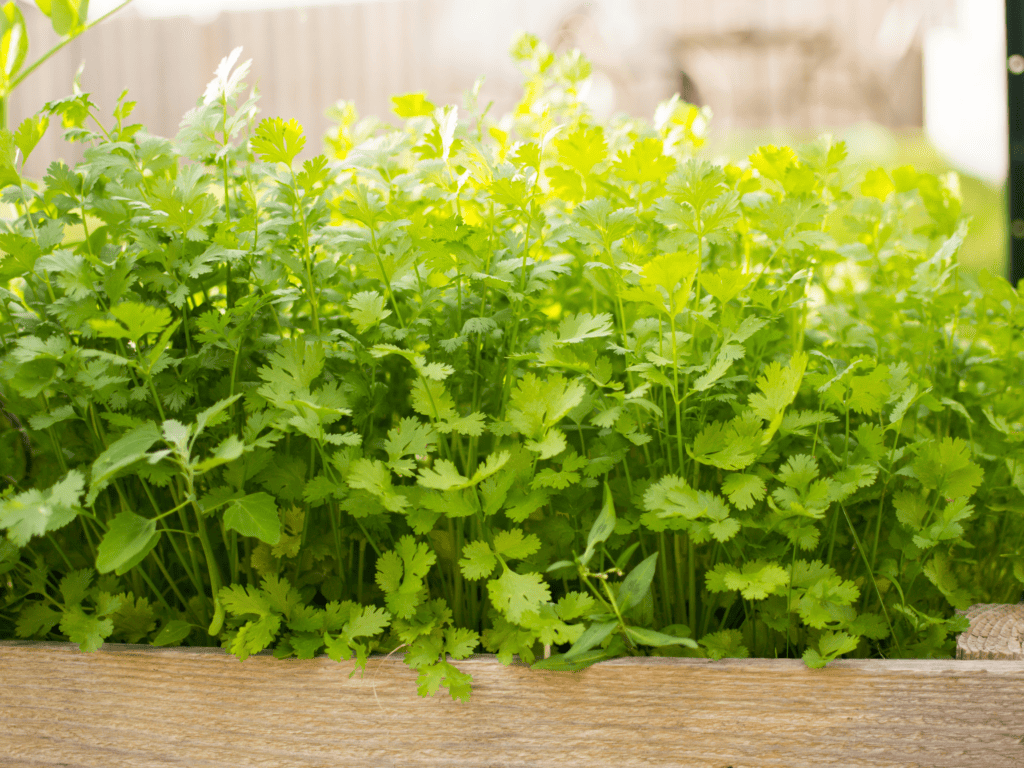
How much Cilantro To Harvest At A Time
How To Harvest Cilantro Without Killing The Plant
Unlike parsley, cilantro is more delicate and can be damaged by over harvesting. Begin harvesting cilantro after at least four weeks, when the plant is 6-8 inches tall. Up to 1/3 of the plant’s foliage can be harvested at one time but I generally recommend harvesting no more than 25% of the cilantro greens at one time. This will help to encourage the cilantro plant’s regeneration… keeping enough foliage to maintain growth. Cut close to the base of the plant to encourage new shoots to emerge.

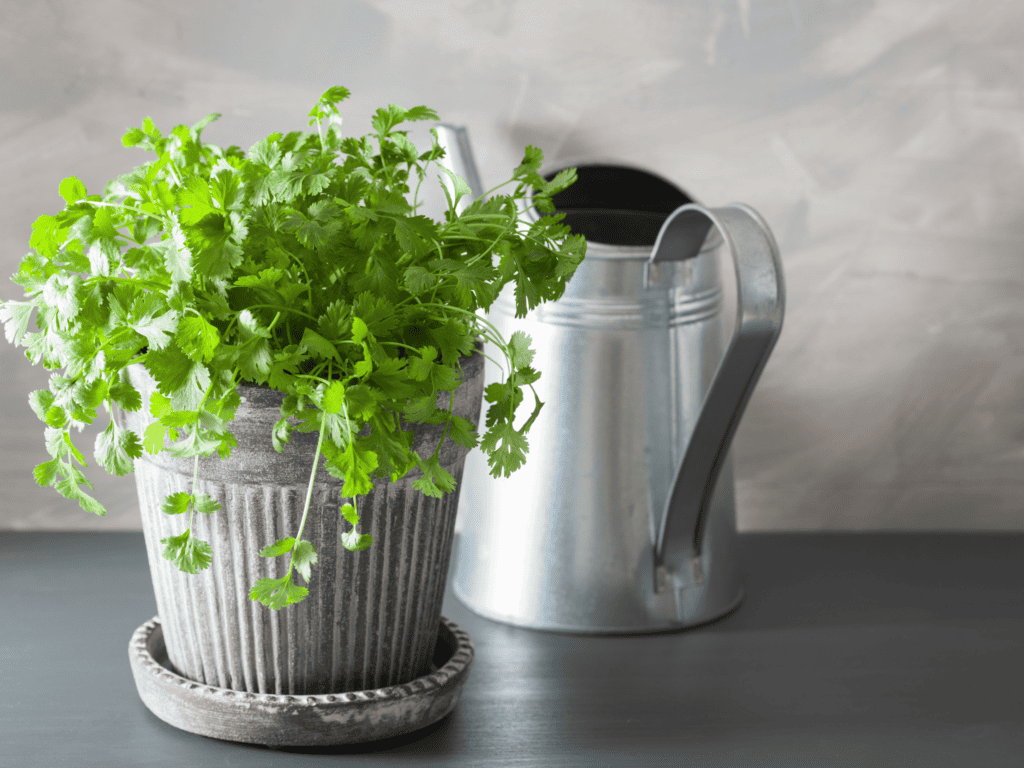
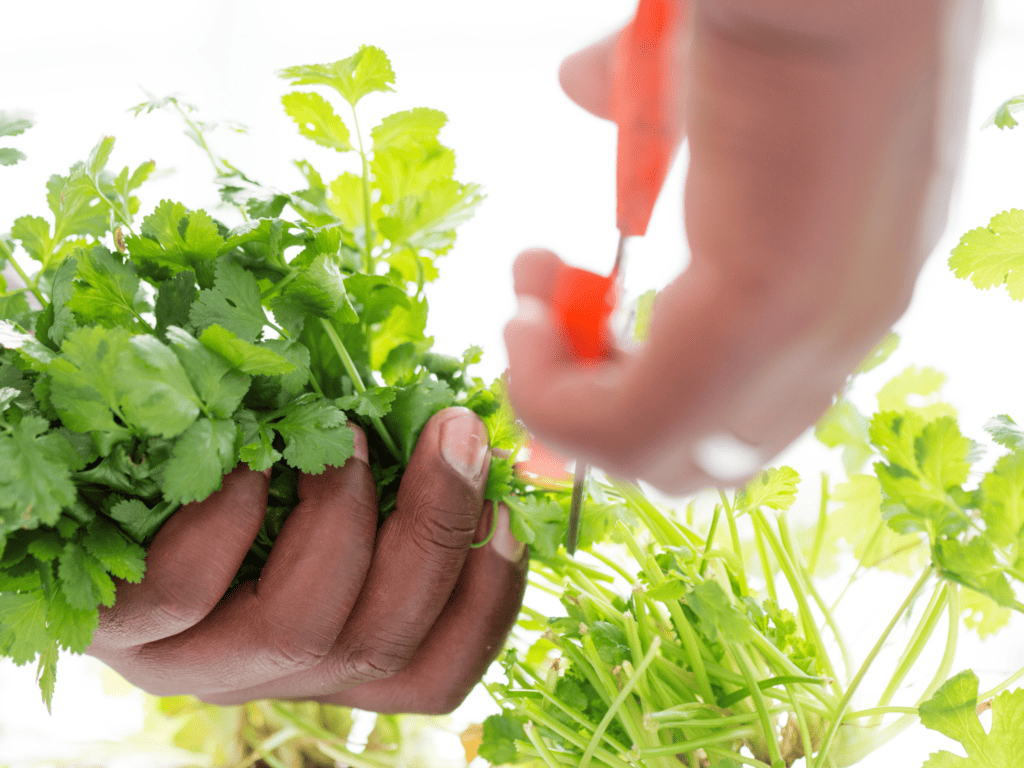
Conclusion: In order to harvest cilantro without killing it, follow these three basic principles
- Harvest cilantro in the morning, after the morning dew has dried.
- Cut cilantro at the base of the plant to encourage new growth.
- Cut around 25% of the cilantro leaves at a time, leaving enough greens intact to encourage the cilantro plant’s continued growth.
How To Slow Cilantro From Bolting
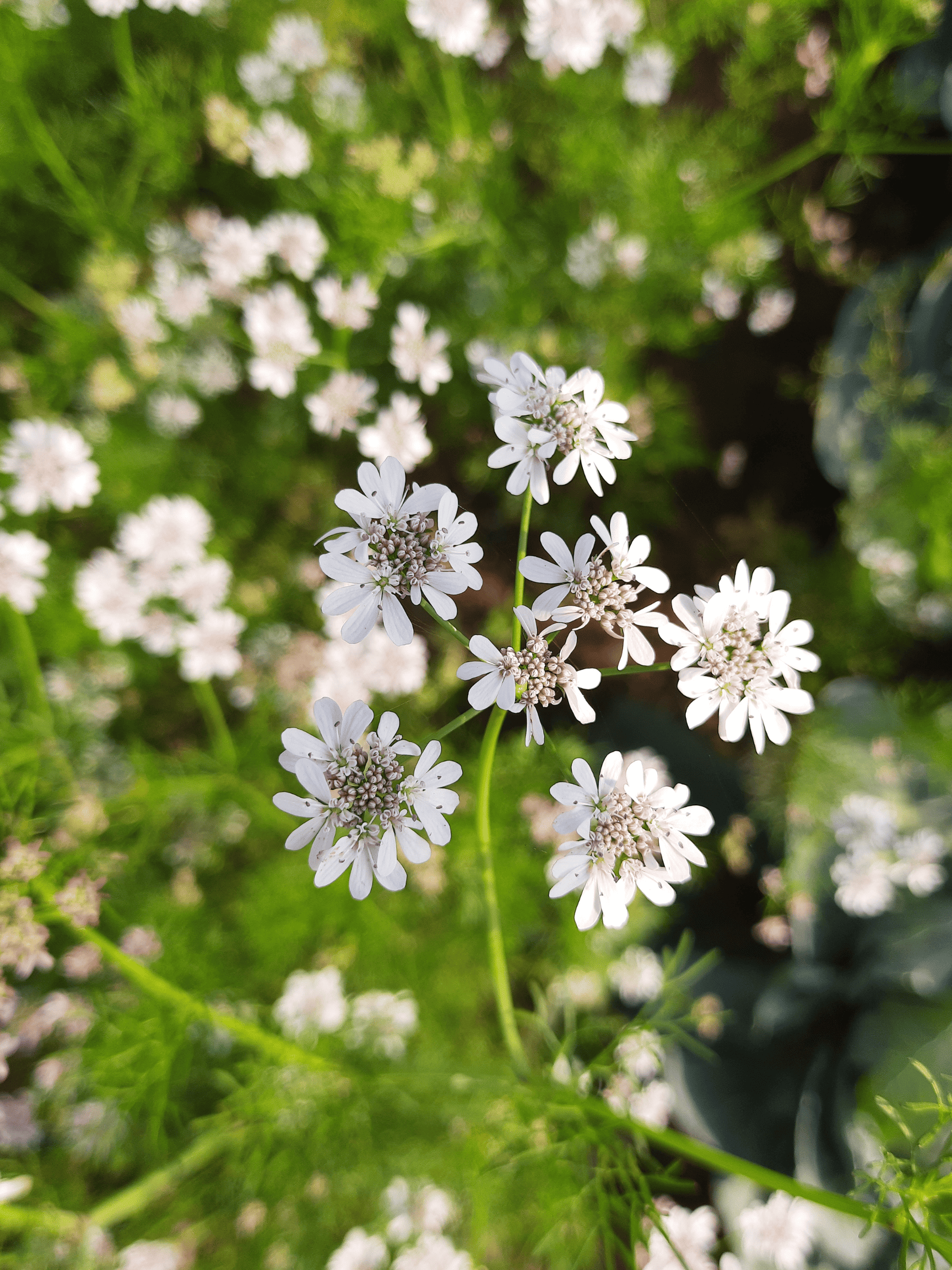
- Mulch and plant the cilantro tightly together. This helps to keep the soil temperature cool- allowing more time for leaf production before blooms form and seed production begins.
- Harvest the cilantro often to encourage new leaves to grow and potentially cut off future blooms.
- Use a slow-bolting variety of cilantro to ensure you have a big, long lasting harvest.
- Practice succession planting in order to prolong your cilantro harvest season, allowing one growth to harvest while the other continues to leaf out.
- Plant during cool weather (early spring, late summer/ early fall)
How To Store Cilantro
Preserve your cilantro harvest when it is most plentiful to enjoy it all year long!
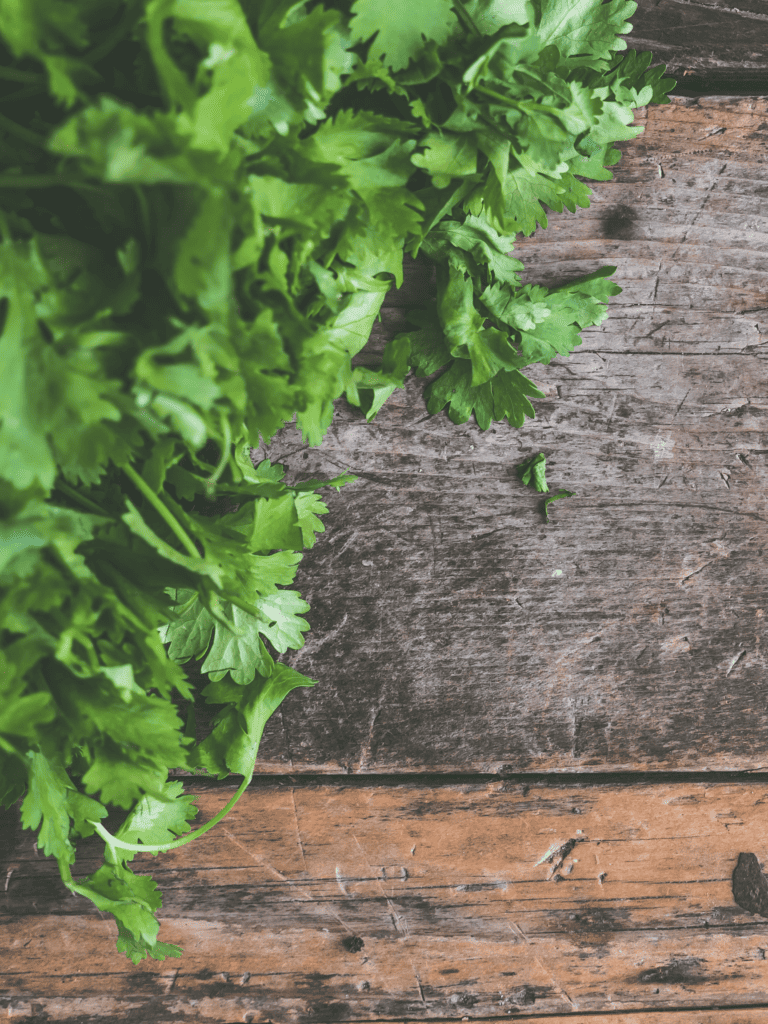
Fresh (Refrigerator)
Store fresh cilantro in the fridge, wrapped in a damp paper towel in a zip top bag for up to 2 weeks. Alternately, you can treat cilantro like a bouquet of flowers, upright in a jar with water at the bottom of the stems, loosely covered in a plastic bag or plastic wrap.
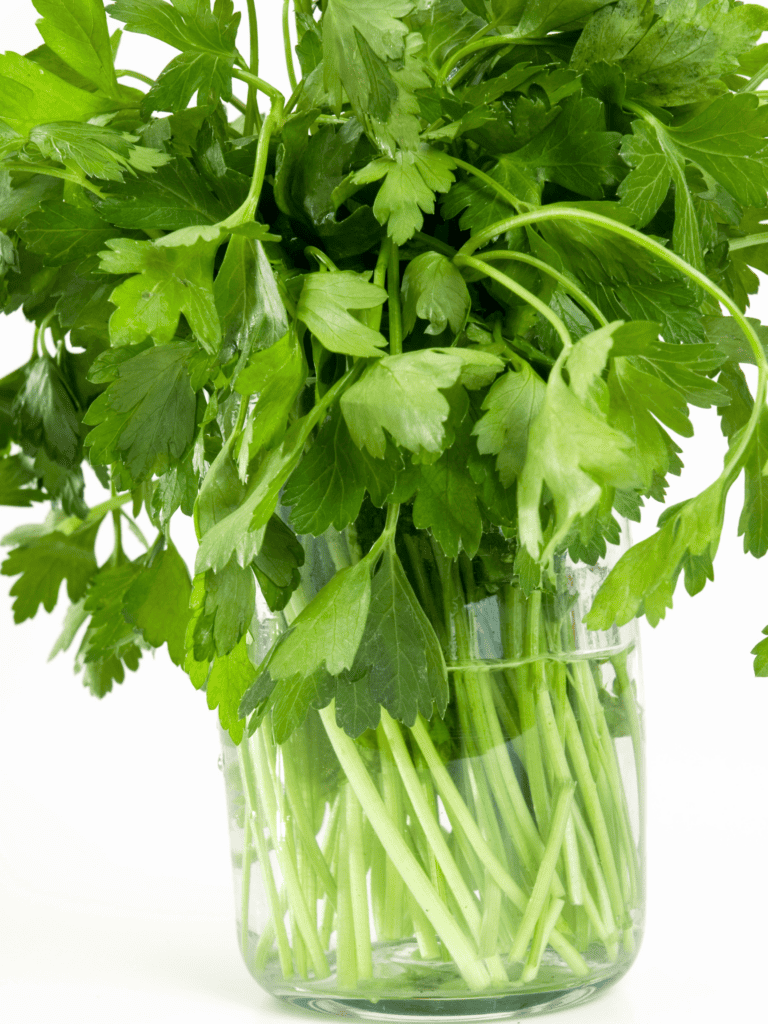
Frozen
Fresh cilantro can be frozen quite easily whether you have a small amount or large amount! Simply wash the leaves like you normally would wash salad greens and dry them in a salad spinner or pat dry with paper towel. Cut to desired size. Place the chopped cilarntro in a zip top bag with the air squeezed out (cigar style) and freeze for up to 6 months. You can also freeze them in a neutral oil like avocado oil and place them in ice cube trays… similar to freezing mint.
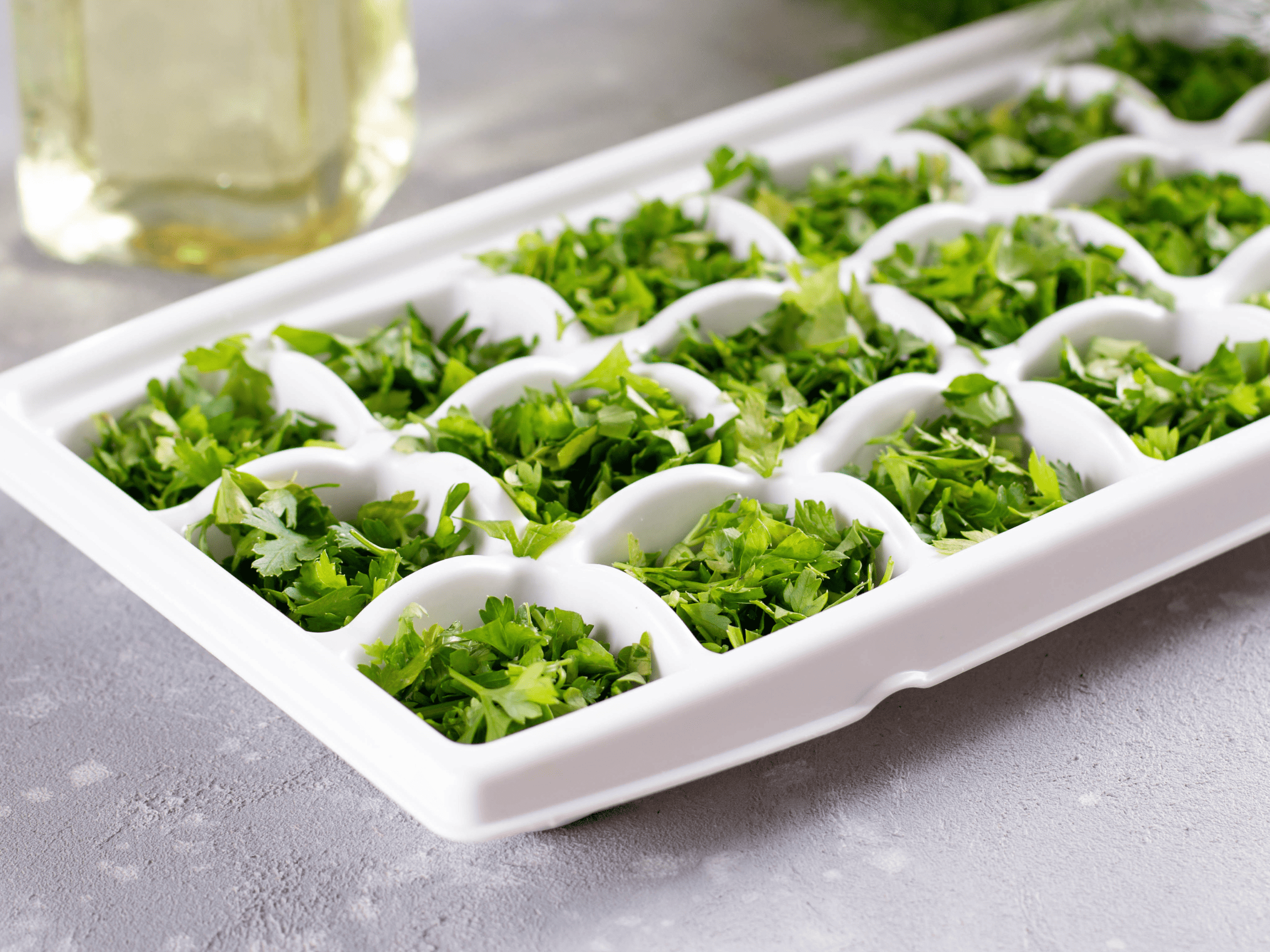
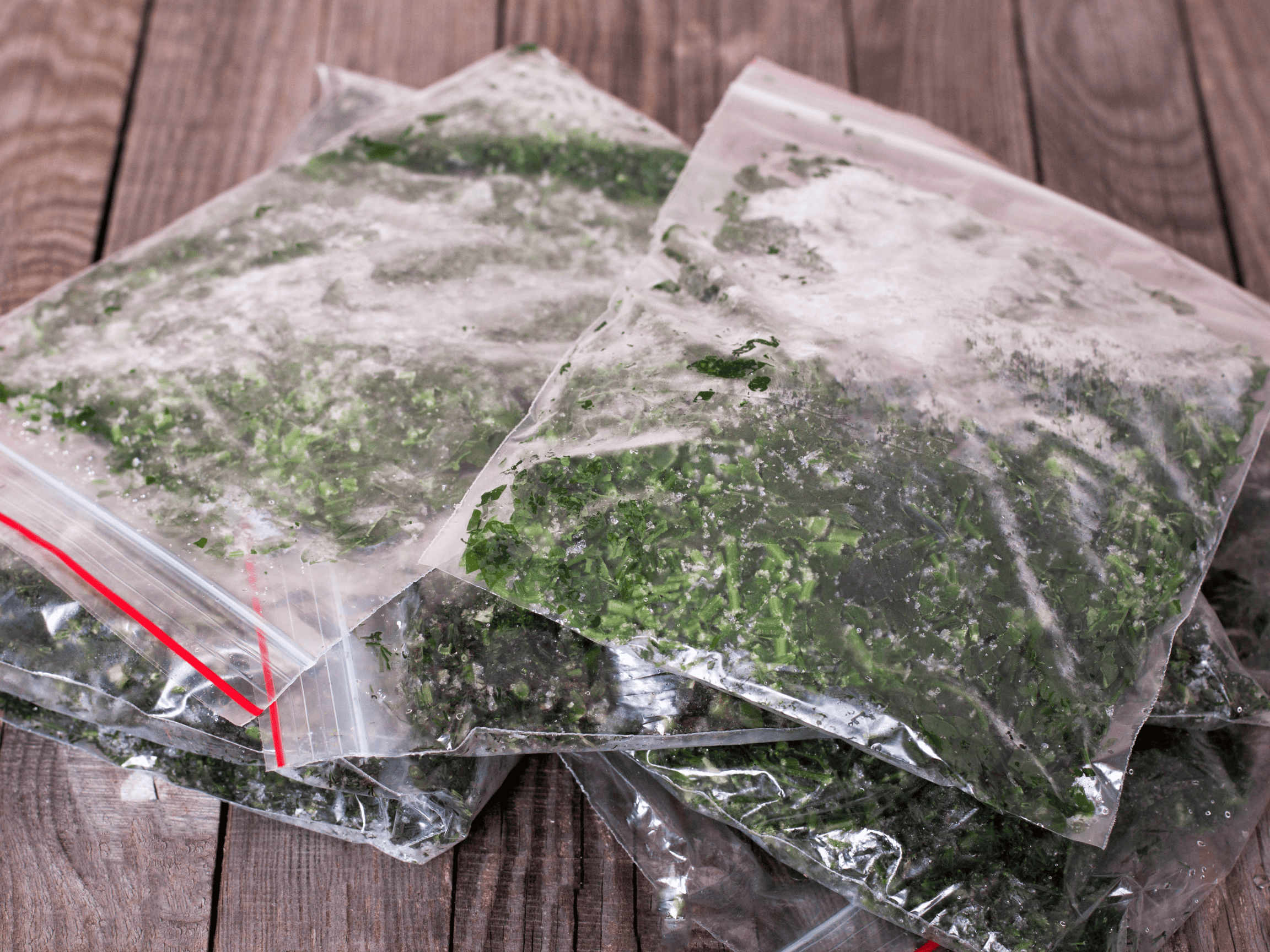
Dehydrated
The Purposeful Pantry has a great guide to dehydrating cilantro. Similar to freezing, fresh cilantro leaves need to be washed, dried, and cut to desired size before being placed on a dehydrator tray to dry. You can also air dry cilantro bunches by bundling and hanging them- similar to how I dried peppers in this guide. Dried cilantro can be used in many different recipes.
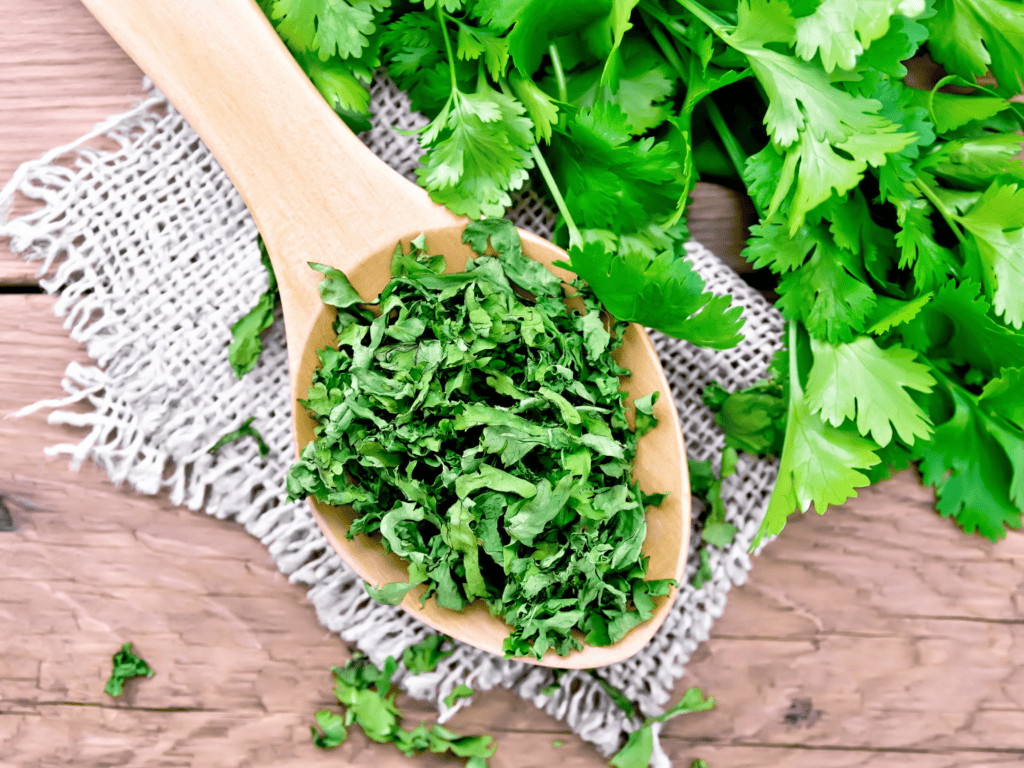
Frequently Asked Questions About Growing Cilantro
Yes, and No! Cilantro leaves lose their flavor and the leave taste bitter after the plant has started to bolt. Although the greens are no longer favorable, you can switch your harvesting goals and save the cilantro seeds (coriander seeds).
Cilantro is considered an annual; however, it may over winter in warmer climates. Naturally a few seeds may fall from the plant and new starts may emerge late in the growing season.
It is recommended that you cut back cilantro weekly, removing mature stocks and discarding any yellowed foliage. Be sure not to remove more than 1/4 of the greens or you risk killing the cilantro plant.
Cilantro stems are flavorful and add a crisp texture to any dish! Be sure to include cilantro stems in your recipes!
Harvest Ready Cilantro Recipes
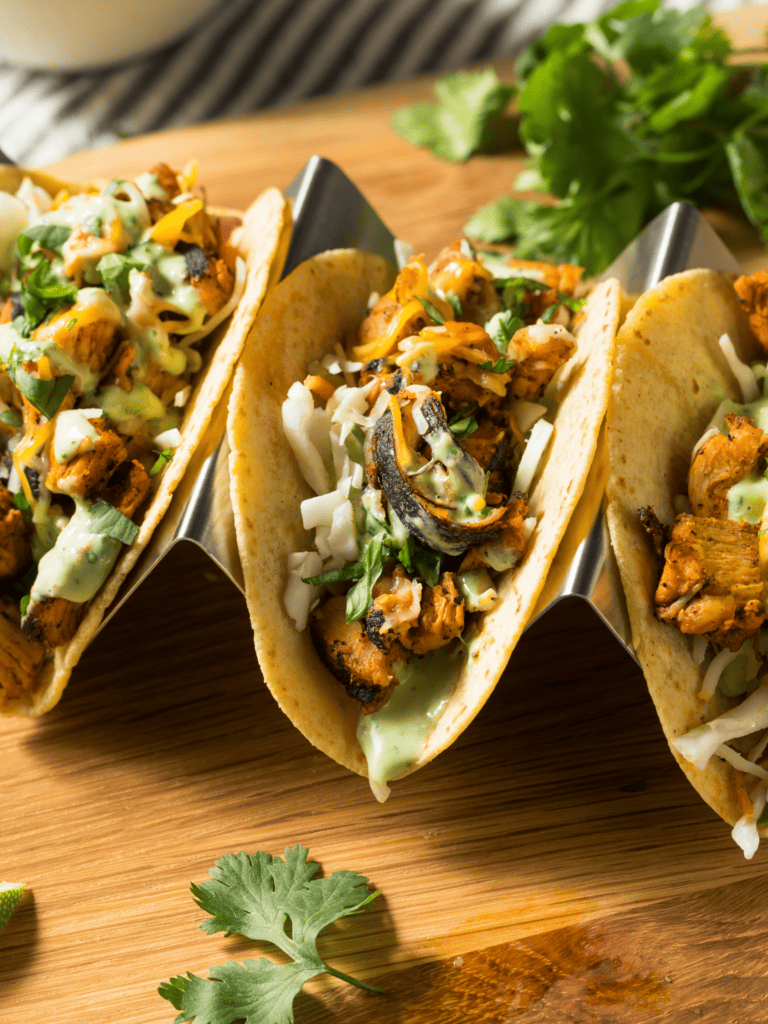
Check out these Cilantro Lime Chicken Tacos From Fresh Off The Grid
Lighten up this delicious cilantro chicken taco recipe by using romaine lettuce leaves as the “taco shell.”
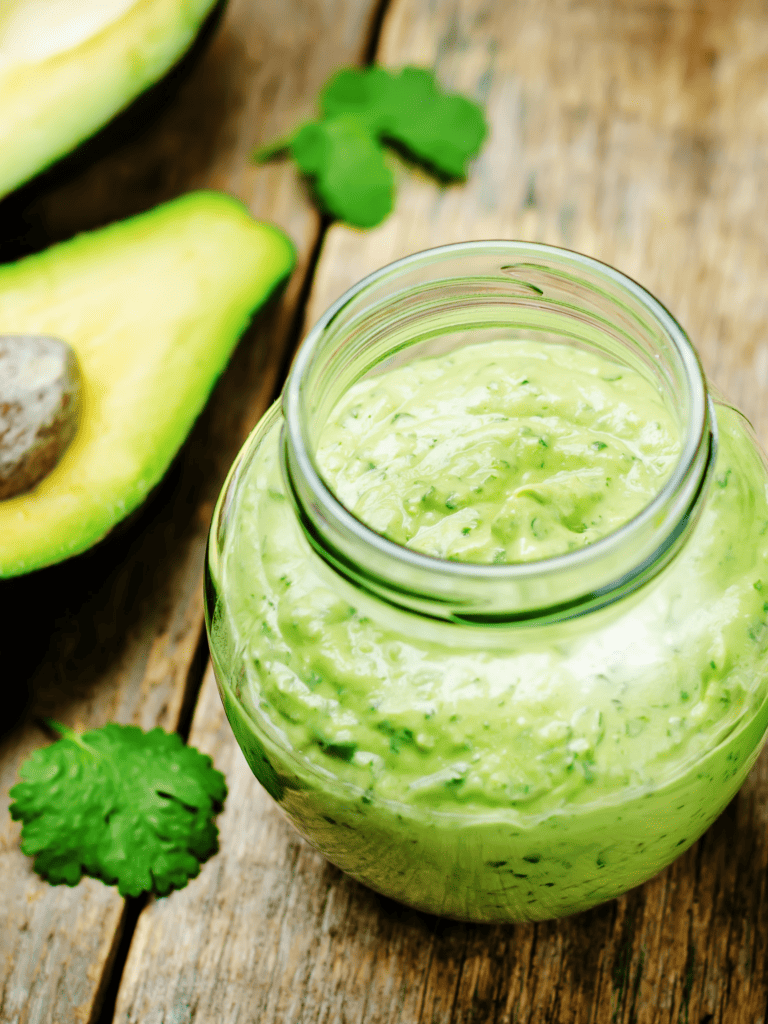
Whip up this easy cilantro-lime dressing from Gimme Delicious.
With the addition of avocado, this dressing is flavorful AND healthy.
Pin It!
